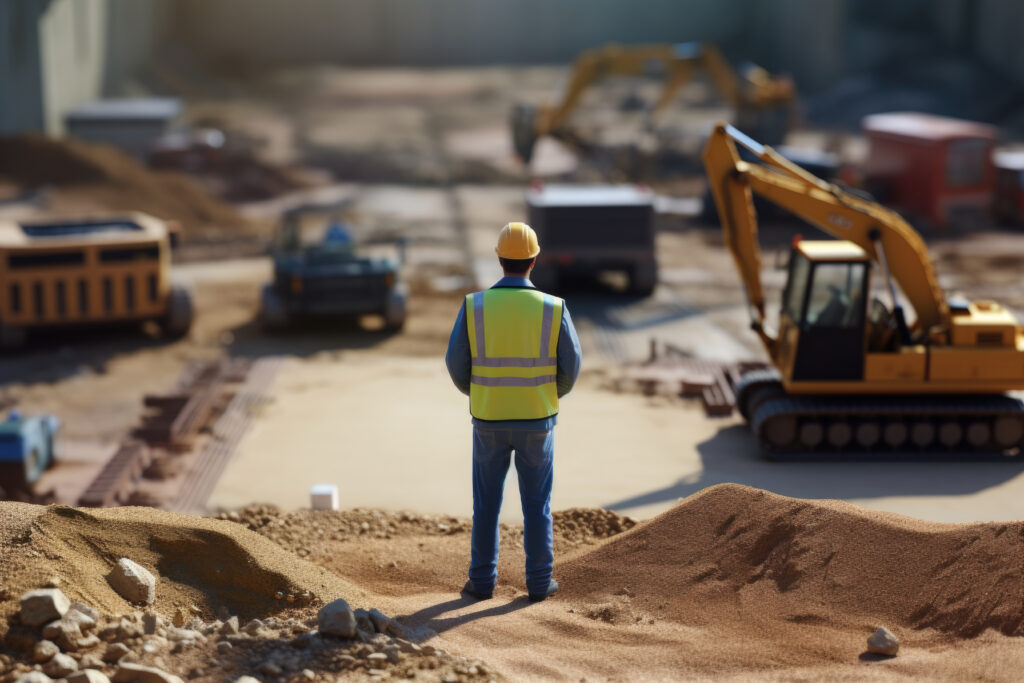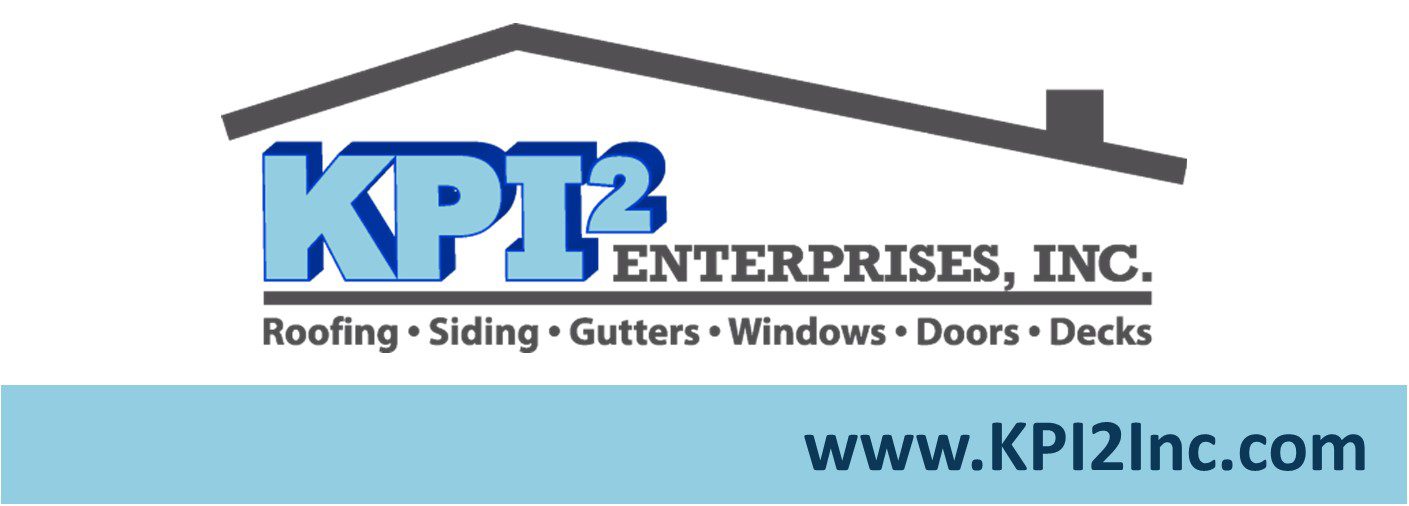by: Casey Sky Noon, CoolSys Energy Design
Community associations face an endless to-do list of projects such as replacing aging boilers, upgrading AC systems, addressing drainage problems, modernizing clubhouses, and adding new amenities like electric vehicle charging stations. In each case, boards are tasked with making decisions that balance safety, cost, and long-term value for homeowners. Too often, however, boards and managers turn first to contractors for solutions, skipping a crucial step: engaging a mechanical, electrical, and plumbing (MEP) engineer.
Engineers bring a unique perspective and expertise to community projects that contractors alone cannot provide. They act as the impartial bridge between a board’s goals and the construction team’s execution, helping projects to be not only built but built right.

Independent, Objective Guidance
One of the greatest values MEP engineers bring to community projects is impartiality. Consulting engineers are not tied to a specific manufacturer, product line, system type, or contractor. Their recommendations are based solely on the needs of the community and the characteristics of the buildings they serve. Utility service size and location, reuse of existing equipment when practical, demolition and phasing challenges, upfront costs, and long-term energy and maintenance expenses are just some of the factors engineers carefully evaluate before making a recommendation. This objectivity helps boards receive advice tailored to their community rather than a sales pitch for one particular solution.
Correctly Sized and Designed Systems
Another important benefit of engaging an MEP engineer is receiving equipment and system designs that are properly sized. For example, when a reserve study calls for replacing a major piece of HVAC equipment, the board could turn to contractors for a simple “one-for-one” replacement. While this may seem straightforward, it can result in equipment that is either undersized—leaving common areas uncomfortably hot or cold—or oversized, wasting energy and increasing costs unnecessarily. Engineers instead perform detailed load calculations using the specifics of the building to determine exactly what is required to provide adequate heating, cooling, and fresh air. In some cases, that may mean larger equipment; in others, it may mean a more efficient system—or even a different technology altogether, such as modern heat pumps. By taking the time to analyze the building’s unique conditions, engineers help boards invest in solutions that truly fit their community.
Level Playing Field in Bidding
The third benefit engineers provide is the ability to put projects out to bid on a level playing field. With detailed drawings and specifications in hand, associations can solicit “apples to apples” proposals from multiple contractors. Engineers often prepare a formal Request for Proposal (RFP) package, distribute it to qualified contractors, and then collect and review the bids for compliance with the design intent. This process not only helps to obtain competitive pricing, but also helps maintain the quality of materials and workmanship—protecting the association’s investment in the long run.
Checks and Balances During Construction
Many MEP engineering firms offer to provide construction oversight services, for which engineers would perform construction phase site visits to observe the work progress for conformance with the design plans and specifications as well as resolve any issues that arise during construction due to unforeseen discoveries. They may also attend onsite meetings to answer technical questions and provide clarification. This “checks and balances” approach helps boards confirm that the project is proceeding as intended, that contractors have the information they need, and that costly missteps are avoided.
Safety, Codes, and Compliance
Community boards have a fiduciary duty to protect residents and maintain property value. Engineers support that responsibility by helping projects comply with safety standards, building codes, and energy regulations. This may include designing fire protection system upgrades, verifying that electrical systems meet current code requirements, and developing HVAC and plumbing designs in line with ASHRAE standards for ventilation, indoor air quality, and energy efficiency. By addressing these requirements during the design phase, engineers give boards confidence that projects are being completed in accordance with the appropriate codes and regulations.
The Bottom Line: Value Beyond Cost
Some boards hesitate to hire engineers because of the added upfront expense, but in practice, MEP engineering services save money by preventing scope gaps, minimizing change orders, improving energy efficiency, and extending the useful life of systems. Beyond the financial benefits, engineers provide confidence—boards and managers can move forward knowing decisions are based on sound analysis rather than sales pitches, and that each project is treated as an investment in safety, functionality, and property value. By offering objective guidance, technical expertise, and support throughout design and construction, engineers help communities make decisions that stand the test of time. Contractors build, but engineers help to make sure it’s built right.
ABOUT THE AUTHOR
Casey Sky Noon is a business development coordinator at CoolSys Energy Design, a full-service mechanical, electrical, plumbing, refrigeration, and fire protection engineering firm. Championing climate mitigation and adaptation plans, she is especially interested in helping buildings become as energy-efficient and environmentally conscious as possible while reducing operating costs and maximizing comfort. Contact Casey at: casey.noon@coolsys.com and learn more by visiting www.coolsysenergydesign.com.

















